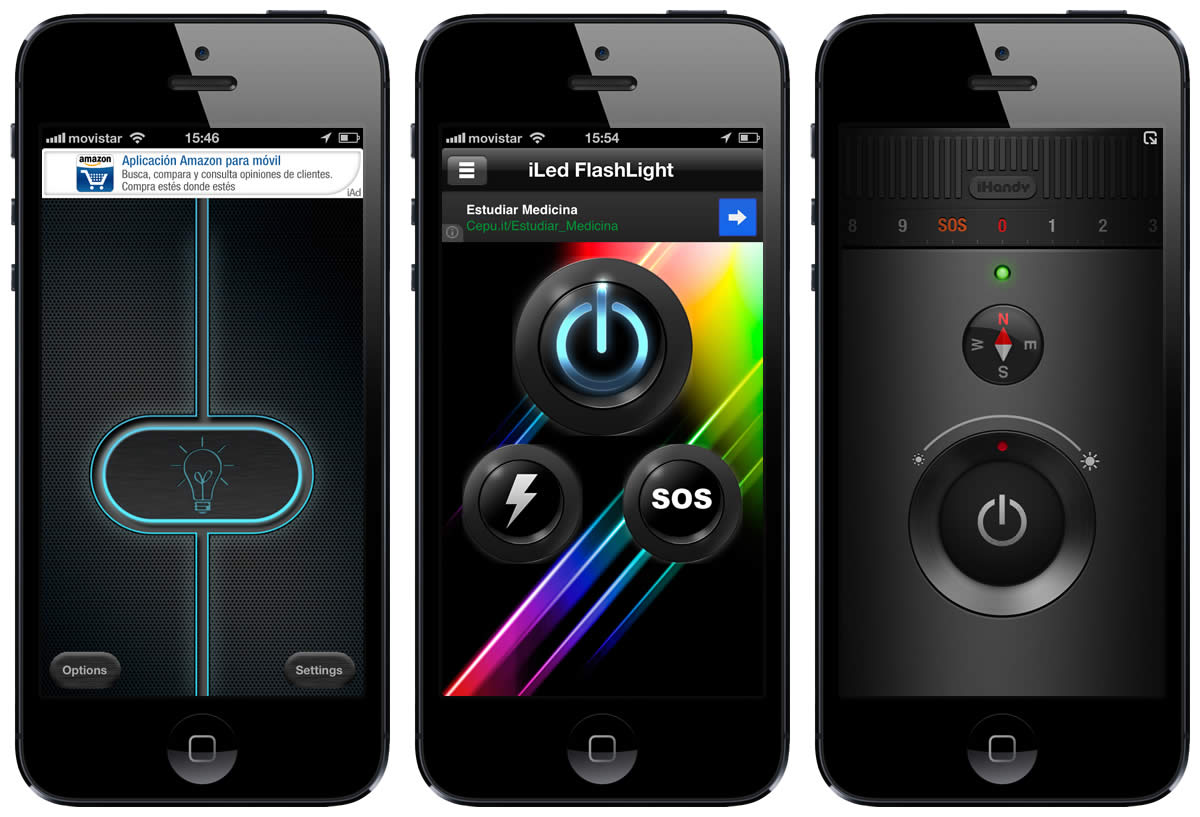A Myriad of Apps
In daily life, we often come across situations that require an immediate solution. And when there’s no solution in sight, we sometimes say to ourselves, “There should be an app for that.” This way of thinking has saturated app stores with worthless products that aren’t really useful. Nowadays, there’s an app for pretty much everything.
This scenario is perhaps most evidenced in the Google store, which has fewer restrictions when it comes to approving similar apps. There is a plethora of calculator and flashlight apps with absolutely nothing new to offer.

Clearly, this isn’t an encouraging prospect for the designer looking to launch a product. Moreover, it is intimidating to incorporate an app into this immense offer, especially if you want to make it stand out.
When an App Isn’t the Answer
An app isn’t always the answer for each and every situation. Sometimes, bringing in technology adds unnecessary agents to a process.
For example, an app that opens your car door is useless. Finding your phone in your pocket, searching for the app, and utilizing the adequate feature for the task takes a lot longer than just getting out your keys. Apps should make tasks easier and faster, not longer and harder. The use of an app as a response to a situation is valid when it simplifies a process and improves user experience.
Differentiated Value
Differentiation is key, and if you want your app to stand out, you’ve got to offer something significant that really adds value. The road to getting there is based on three fundamental considerations that can truly make a difference.
1. Have a Goal
The goal is the engine of an app, the driving force. Practically anything included in an app must, to some extent, have the goal in mind. This is directly related to the user’s needs and the way in which the app addresses them.
Needs may be related to entertainment, information, social interaction or a specific problem, such as finding the best way home when you’re lost. The more an app addresses needs, the more valuable it will be.
2. Think About the User
User-centered design puts people at the center of a process. It takes into account emotions, motivations and needs at the moment of proposing solutions.
Knowing who a user is renders decision-making easier. Designers can then make choices that create intuitive apps that are much simpler to use.
3. Determine Context
Where will the app be used? Context places users in a determined physical space that affects and conditions the way they interact with the screen. Context also takes into account factors like general environment, the presence of others and related actions.

For example, it is one thing to design an app for someone at the gym and another for a person waiting for a bus or at home messaging with friends.
An Idea is Born
Ideas change the world. For a designer, an idea is a proposal for users based on his or her interpretation of how their needs can be solved. Ideas are not necessarily original or unique, but they should be better than the rest.
Starting out, you may not have a specific idea in mind. What should you do? Research, research, research. It is as simple as looking around, paying attention to your surroundings, to the people around you and the difficulties they encounter in their daily lives —or, even better, the problems you yourself face.
And If It Already Exists?
Once you come up with an idea, the next logical step is to check whether the idea already exists, if a related solution has already been developed by others and how. This is generally known as benchmarking.
Upon investigation online and in app stores, it’s normal to find an app that, at least at first glance, is similar. But don’t be disheartened! This doesn’t mean you should abandon the idea and start over.
Analyze and assess existing alternatives to determine how they can be improved, complemented or supplemented to add more value. You can make a difference by specializing a certain feature, simplifying or improving other aspects that will ultimately lead to better user experience and usability.
This much-needed investigation to improve an initial idea can be what marks the difference. Consider factors your competitor hasn’t taken to account and implement that one thing they’ve missed.

of managing email as to-do tasks.
This is what happened with Mailbox App, an email client. When it was launched, there were other alternatives in the market, including Gmail. However, the team took advantage of the opportunity to offer a product that challenged the concept of email laid out by their competitors. With that, they gained recognition.
But Will It Work?
After landing on an idea, you’ve got to determine whether it has the potential to work.
Ask users for their opinions and get feedback for the concept you’ve proposed. The process doesn’t have to be expensive or time consuming. Observe and pay attention to people’s behaviors and difficulties, and ask yourself whether your idea can help. Talk about your idea with friends and acquaintances and ask what their impressions are.
We’re not saying your research will clear up all doubts and provide definitive answers, but it is a good way to get a preliminary validation of your concept. Base your work on real information, not untested assumptions.
